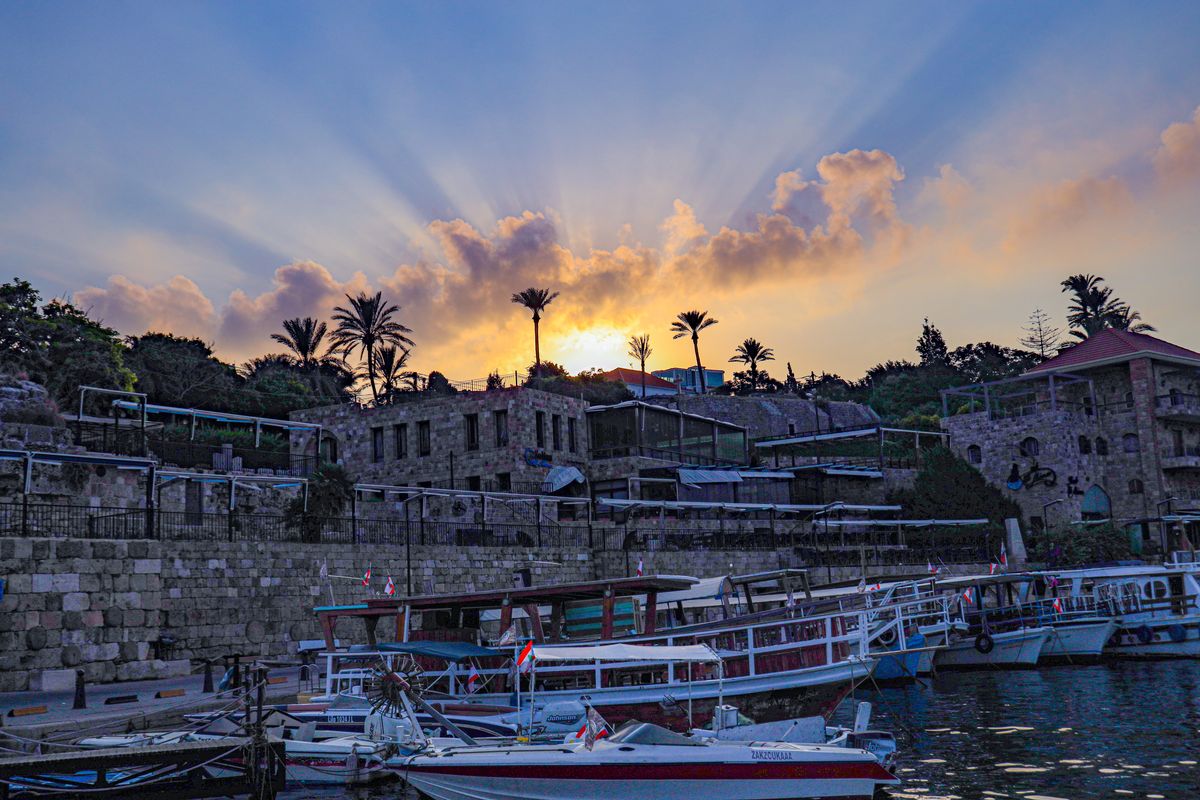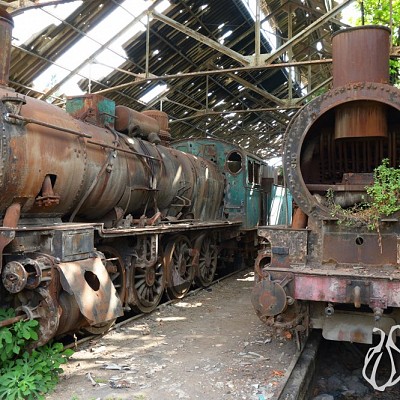First inhabited over 5,000 years ago, the port city of Byblos is one of the oldest continuously inhabited settlements in the world. Closely associated with the history and propagation of the Phoenician alphabet, Byblos was declared a UNESCO Heritage Site in 1984.
If you want to explore the Phoenician past of Lebanon, you can't miss a visit to this ancient city!
Byblos is located about 42 km (26 mi) north of Beirut. It is attractive to archaeologists because of the successive layers of debris resulting from centuries of human habitation. It was first excavated by Ernest Renan in 1860, as published in his Mission de Phénicie (1865–1874), then by Pierre Montet from 1921 until 1924, followed by Maurice Dunand from 1925 over a period of forty years. Renan's expedition was to "provide the evidence that the city did not move and that Gebeil is Byblos"
The site first appears to have been settled during the Pre-Pottery Neolithic B period, approximately 8800 to 7000 BC. Neolithicremains of some buildings can be observed at the site. According to the writer Philo of Byblos (quoting Sanchuniathon, and quoted in Eusebius), Byblos had the reputation of being the oldest city in the world, founded by Cronus. During the 3rd millennium BC, the first signs of a town can be observed, with the remains of well-built houses of uniform size. This was the period when the Canaanitecivilization began to develop.









































































